Renault 5 E-Tech – Review
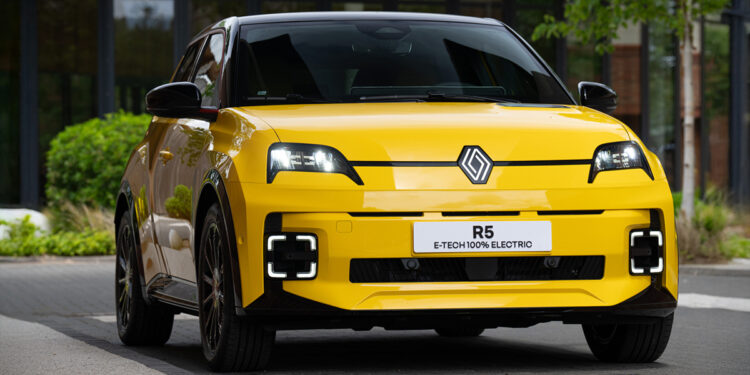
By Liam Bird, October 2025
If the number of handprints, smudges, and I suspect, nose prints, I’ve had to keep constantly wiping off its driver’s side window are anything to go by, I’d say the new Renault 5 is causing a lot of interest. The number of “can I have a go” requests has gone way into double figures too. The 5 hasn’t even been here a week yet; I genuinely can’t remember when I last drove a little car that garnered so much attention. Still, I think I can understand why.
If you’re of a certain age you’ll no doubt remember Renault’s original 5. Unveiled in 1971, the first generation 5 was genuinely ahead of its time and almost singlehandedly popularised the chic supermini concept. Let’s not forget the Renault 5, with its hatchback practicality, fun and front-wheel drive handling, frugal running costs, and oh-so comfy and very French-like ride, predated the VW Polo, the Ford Fiesta, and even Honda’s original little Civic. Peugeot’s 104 was launched in 1972, but their 205, arguably the Renault 5’s biggest competitor – certainly in the home market at least – didn’t break cover until 1983. The Renault 5 was the best-selling car in France from 1972 until 1986; it was eventually replaced by the Clio in 1990.
As for me, I remember my Uncle Frank buying a burgundy GTL when I was about 8 (It was X-reg, 1981), and constantly asking Mrs Pepe, who lived just off the Market Square in the little town I grew up in, if she’d like her 5 washing in a bid to save up a few pounds during the summer holidays. I’ve never seen a 5 so sparkly since. Nostalgia, eh?
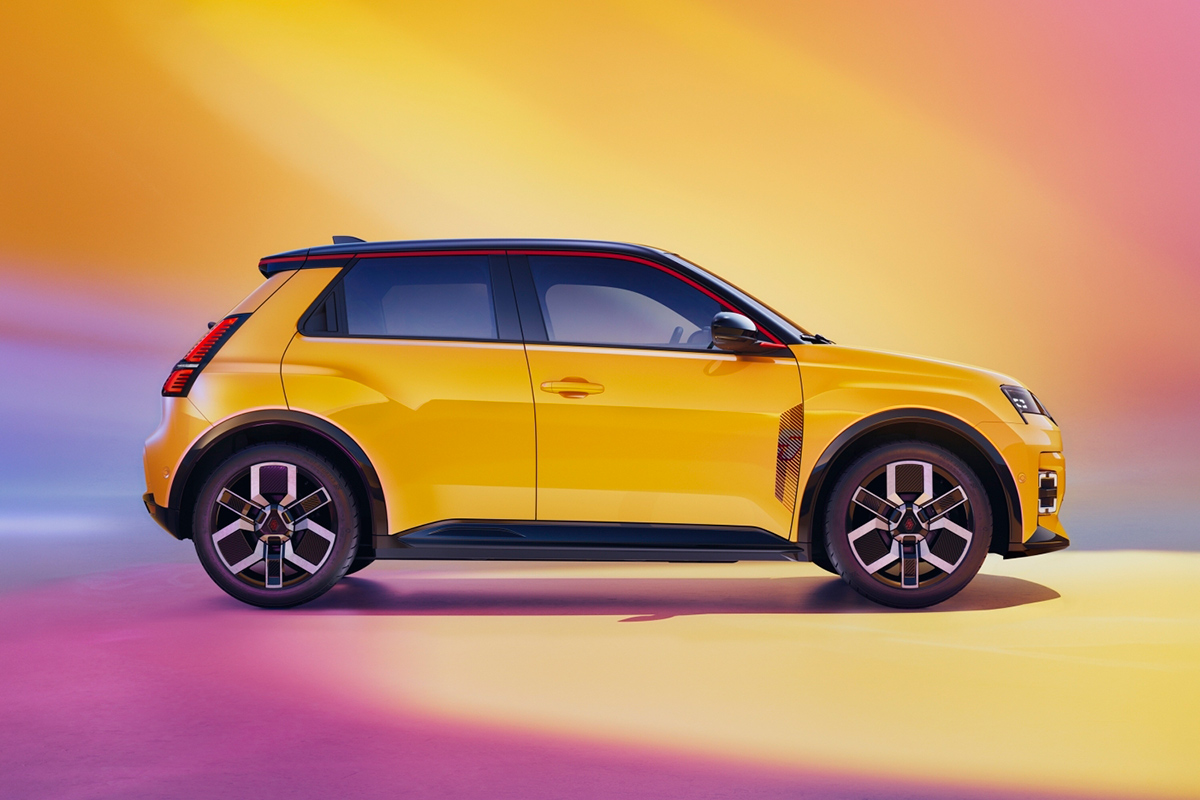
“A funky little thing”
First seen as a concept in 2021, the new all-electric only Renault 5 picks up – styling-wise at least – very much where the old car left off. One look at the new 5 is all it takes to know (if you’re over that certain age perhaps) exactly what it is. Yes, it’s bigger – all new cars are, blame safety regulations, and modern tech, (not to mention junk food and the resultant increase in waist sizes) – nevertheless, the new Renault 5’s bodywork could’ve just as easily been the work of the 5’s original designer Michel Boué as it was that of current Renault Design Director Giles Vidal.
As modern reinterpretations of “old” cars go, I’d say the new 5 is significantly more successful, and certainly more attractive, than anything MINI, VW (Beetle) or FIAT (500) have managed. The new 5 seems to keep all of the original car’s unashamedly boxy and angular styling, short overhangs, rectangular headlamps, tail-lamps in the C-pillars and all. It’s retro, yet modern at the same time, plus a host of decal packs and some refreshingly bright colour options – not all cars have to be blue, grey, or silver y’know – make it easily customisable and/or personalised. It genuinely is a funky little thing.
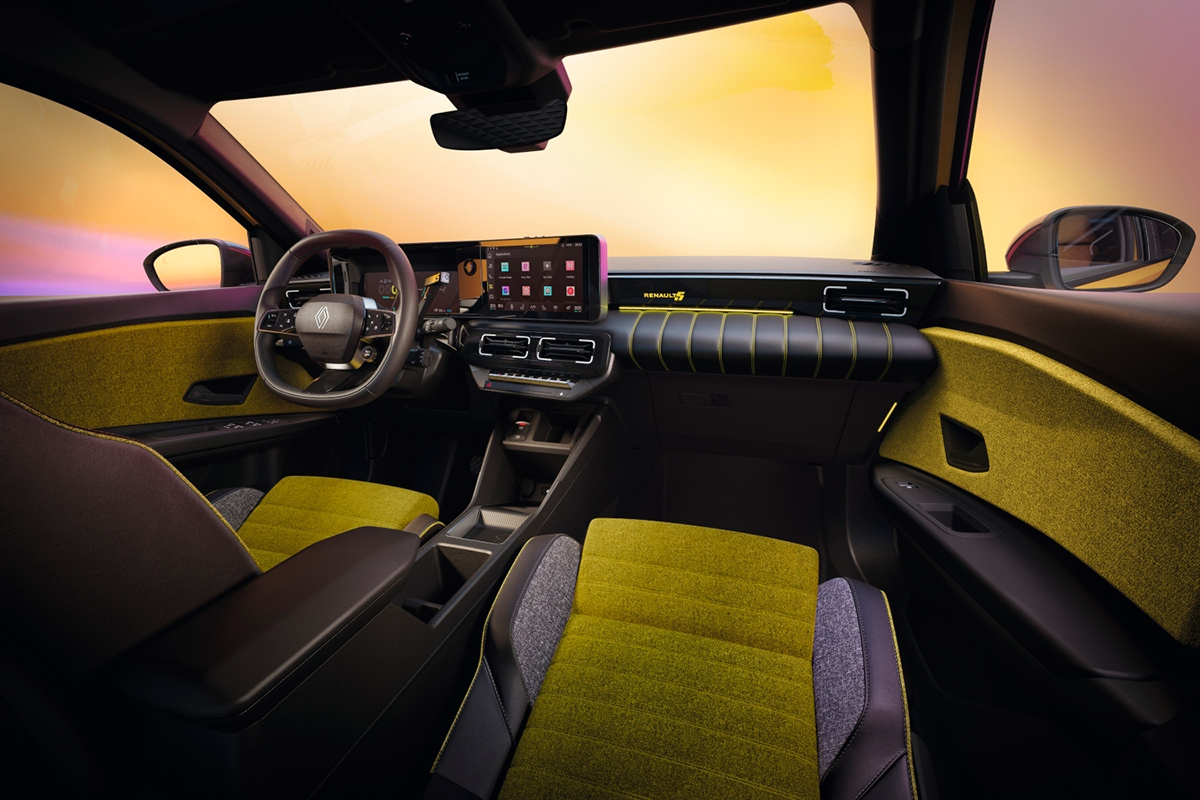
“Switch off all the electronic nannying”
That mix of the new and the familiar continues inside. The squishy bucket-like seats and thick-rimmed (and very nearly square-rimmed) steering wheel will remind some of their 205 GTis, whereas the twin 10 inch screens, one of which runs Google Maps and incorporates Apple CarPlay and Android Auto, couldn’t be more of the moment if they tried.
You get wireless phone charging, USB ports aplenty, customisable driving modes, and… proper buttons to control the air-con, and, best of all, switch off all the electronic nannying systems. I despise Lane Assist with a passion – so too all the unnecessary bings and bongs that someone somewhere has decided we must have. I will admit though, I do find reversing cameras handy these days.
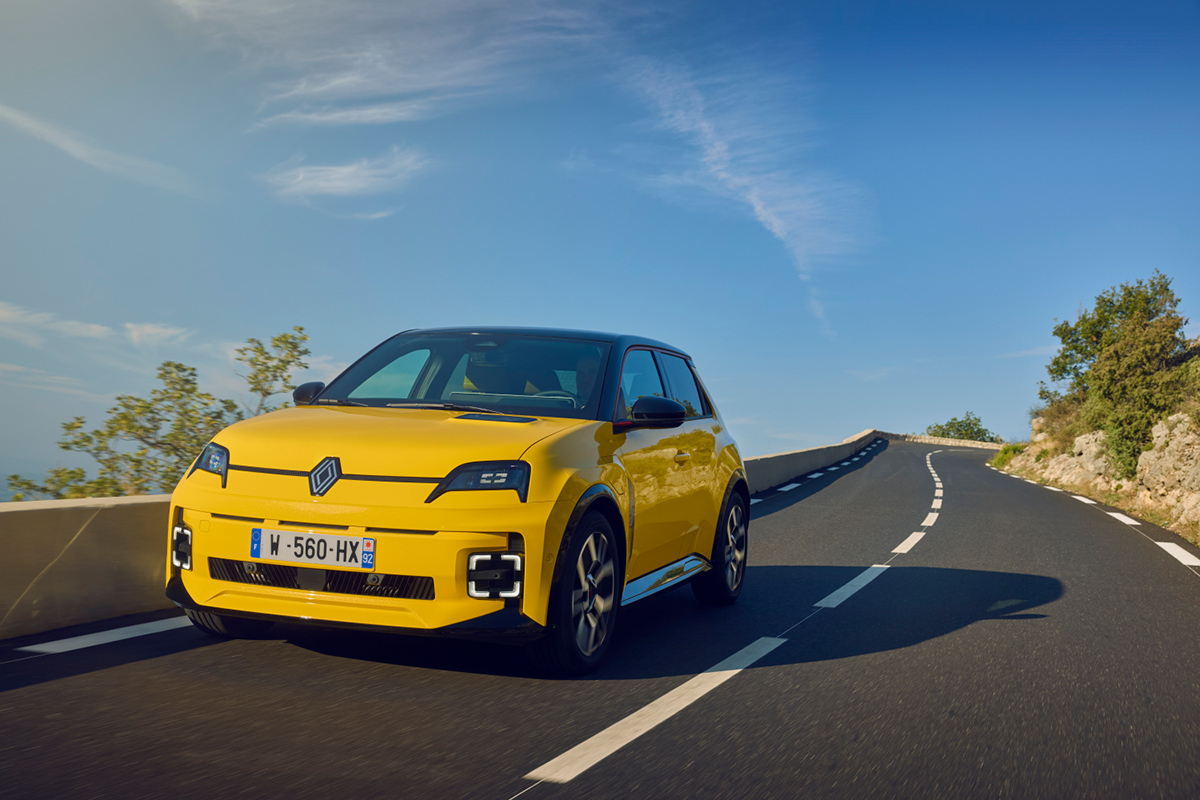
“Only two pedals”
Ah yes, gears. Or more accurately, the new Renault 5’s lack of them. If you want to go forwards, first try to avoid inadvertently switching the wipers on (trust me, you will) and then push the column-mounted selector down for D or B. B gives extra re-gen braking. If you want to go backwards, push the selector up to select R. That’s it. There isn’t even a P for Park – which takes some getting used to. Neither are there any flappy paddles. There are only two pedals too: Go, and Stop.
To say the 5 is dull to drive is not true at all. Nevertheless, if you’re looking at it and expecting the kind of thrills an original hot-hatch was capable of delivering, think again. It’s neat, it’s grippy, the steering is accurate if perhaps a tad light, and it feels quicker than its official figures suggest it is; in certain circumstances you might go as far as to say it’s fun. The driving position is spot-on too. But is it involving? No.
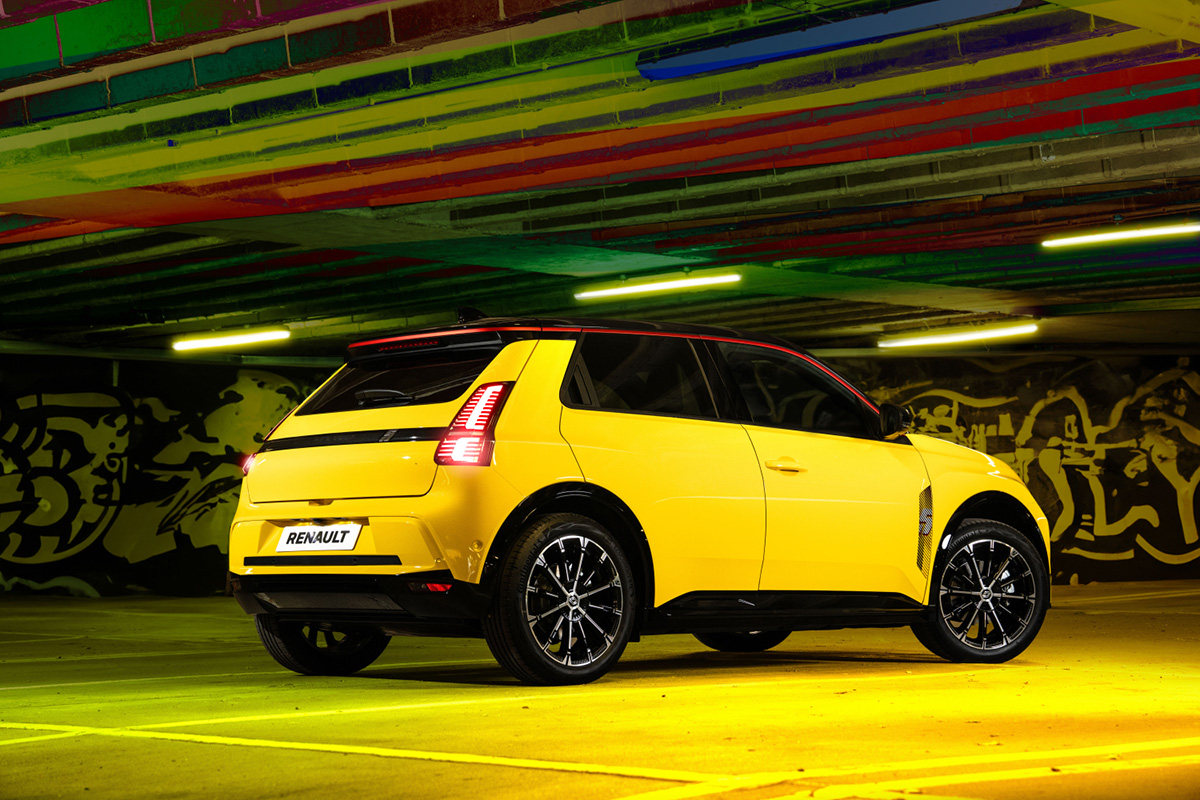
“Whizzy single speed transmission”
Like all electric cars, you guide the 5 down the road, you don’t ever really drive it. The only noise you’ll hear is the wind around the door mirrors, or whatever it is you’ve decided to listen to on the DAB. The simple fact is those sporty, chuckable, drive-me-like-you-stole-me retro hatchback looks – “my” 5 even came in the full yellow and black Renaultsport colours of old – are writing a cheque the battery, electric motor and whizzy single speed transmission have no dream of ever being able to cash.
And after 200 miles or so – you’ll never really achieve the 250 Renault claim the 5’s bigger 52kWh battery is capable of reaching when fully topped-up – you’ll have to plug it in and wait while it charges it up again. And to think you could once buy a Renault 5 that you could refill in less than 10 minutes – including paying the pump attendant – that after which was capable of nearly 380 miles…
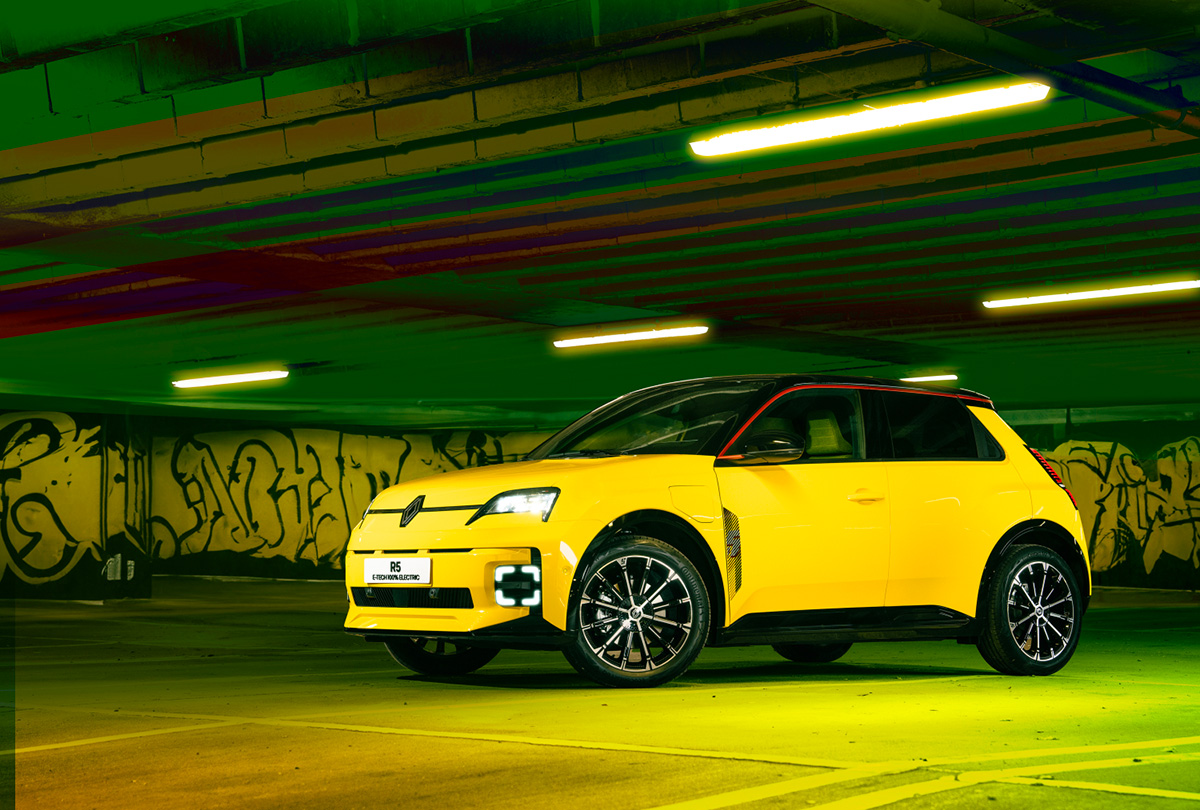
“Let’s not get too nostalgic”
Let’s not get too nostalgic. Compared with the old Renault 5, the new Renault 5 is quite simply in a different league. It’s built better, it’s better equipped, it’s safer, and it’s probably better for the environment. And at prices starting at around £23,000 for the 40kWh (claimed range 194 miles WLTP) version it represents, I think, surprising value for money. It’s by no means perfect – especially-so if someone makes you sit in the back where legroom is tight to say the least. But it is a brilliantly useable, very grown-up feeling, little electric car, the kind of which, up until recently there seemed so few and far between.
I’d like it more if it went further on a charge, and I’d like it more if it didn’t take so long to charge. I can hear the EV evangelists groaning as I write such things. Nevertheless, credit must go where it’s so obviously due.
Bravo Renault for making what might well be the most complete, and affordable, electric car I’ve driven so far; one I might actually consider owning perhaps, at some point. Eventually that is, not quite yet, you understand, fast chargers are akin to hen’s teeth out here in The Far Unlit Unknown. The new Renault 5: C’est très bon.
Renault 5 E-Tech 100% Electric
Powertrain: 52kWh battery. e-motor
Transmission: Single speed. front wheel drive
Power: 148 bhp
Torque: 181 lbft
0-62 MPH: 8.0 Sec
Max Speed: 93 mph
CO2: 0 g/km
Efficiency: 3.85 miles per kWh
Range: 250 miles (approx.)
Weight: 1440 kg
Price: From £28,995 (as driven £30,045)
Renault 5 E-Tech (2025) — FAQ
What exactly is the new Renault 5?
A retro-styled, 100% electric supermini that revives the classic Renault 5 look with modern EV hardware, safety and tech.
Which batteries are available?
Two packs: 40kWh (claimed 194 miles WLTP) and 52kWh (claimed ~250 miles WLTP). The review car used the 52kWh pack.
What range should drivers expect in the real world?
Expect about ~200 miles from the 52kWh version in mixed use, versus the 250-mile WLTP claim. Driving style, temperature and routes will affect results.
How quick is it?
0–62mph in 8.0 seconds, 148bhp, 181lb ft, single-speed transmission, front-wheel drive. Top speed 93mph.
Is it fun to drive?
Neat and grippy with accurate steering and a spot-on driving position. It feels brisk, but like most EVs it’s more guided than involving.
What about charging?
It offers B-mode for stronger regeneration. DC fast-charging support is available (rates and times depend on charger and spec); plan to recharge after ~200 miles in typical use.
How is the interior and tech?
Twin 10-inch screens (with Google Maps, Apple CarPlay and Android Auto), wireless charging, multiple USBs and physical climate buttons. Lane-assist and alerts can be disabled; a reversing camera helps in tight spots.
Any practicality caveats?
Rear legroom is tight. Up front, comfort is strong thanks to supportive seats and straightforward controls.
What does it cost?
From £28,995 (as driven: £30,045). The 40kWh models are the entry point; the 52kWh brings the longest range.
Key specs at a glance
- Battery: 52kWh (tested) • Efficiency: 3.85 miles/kWh
- Powertrain: Single-speed, FWD • Power/Torque: 148bhp / 181lb ft
- 0–62mph: 8.0s • Max speed: 93mph • CO₂: 0g/km
- Range (claimed): ~250 miles • Weight: 1,440kg
What are the pros and cons?
Pros: Stand-out retro design, grown-up ride and refinement, easy tech, solid value. Cons: Rear space is tight; real-world range and charge times still limit long trips.
What’s the verdict?
A charming, well-rounded small EV — stylish, usable and sensibly priced. Not a hot-hatch reincarnation, but a likeable daily that many will actually want to own.

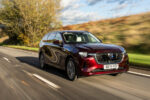
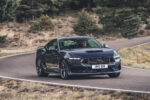
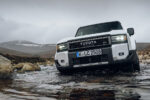






![La Bohème [Opera North] Review Leeds Grand Theatre (1)](https://www.on-magazine.co.uk/wp-content/uploads/La-Boheme-Opera-North-Review-Leeds-Grand-Theatre-1-150x100.jpg)